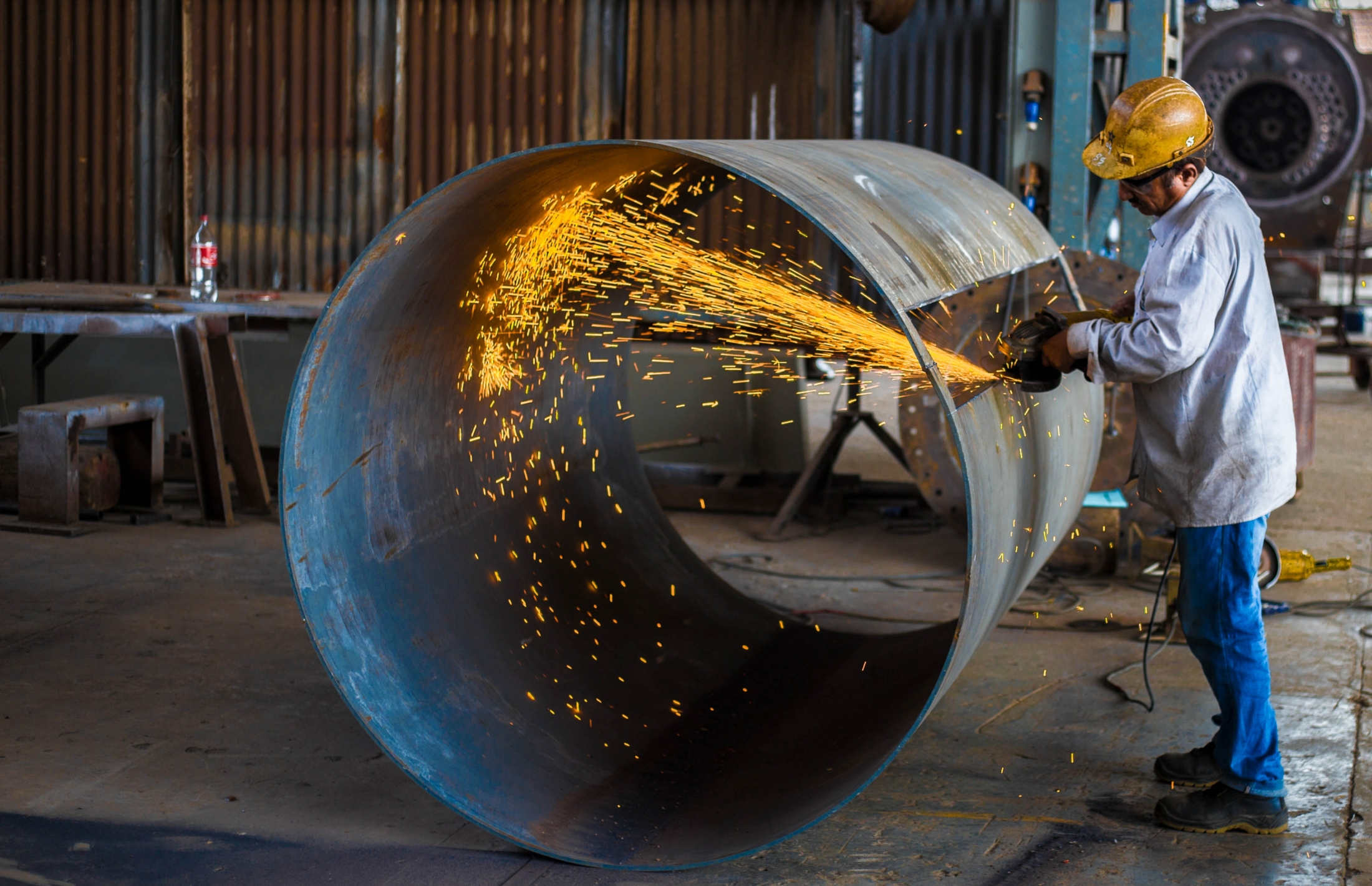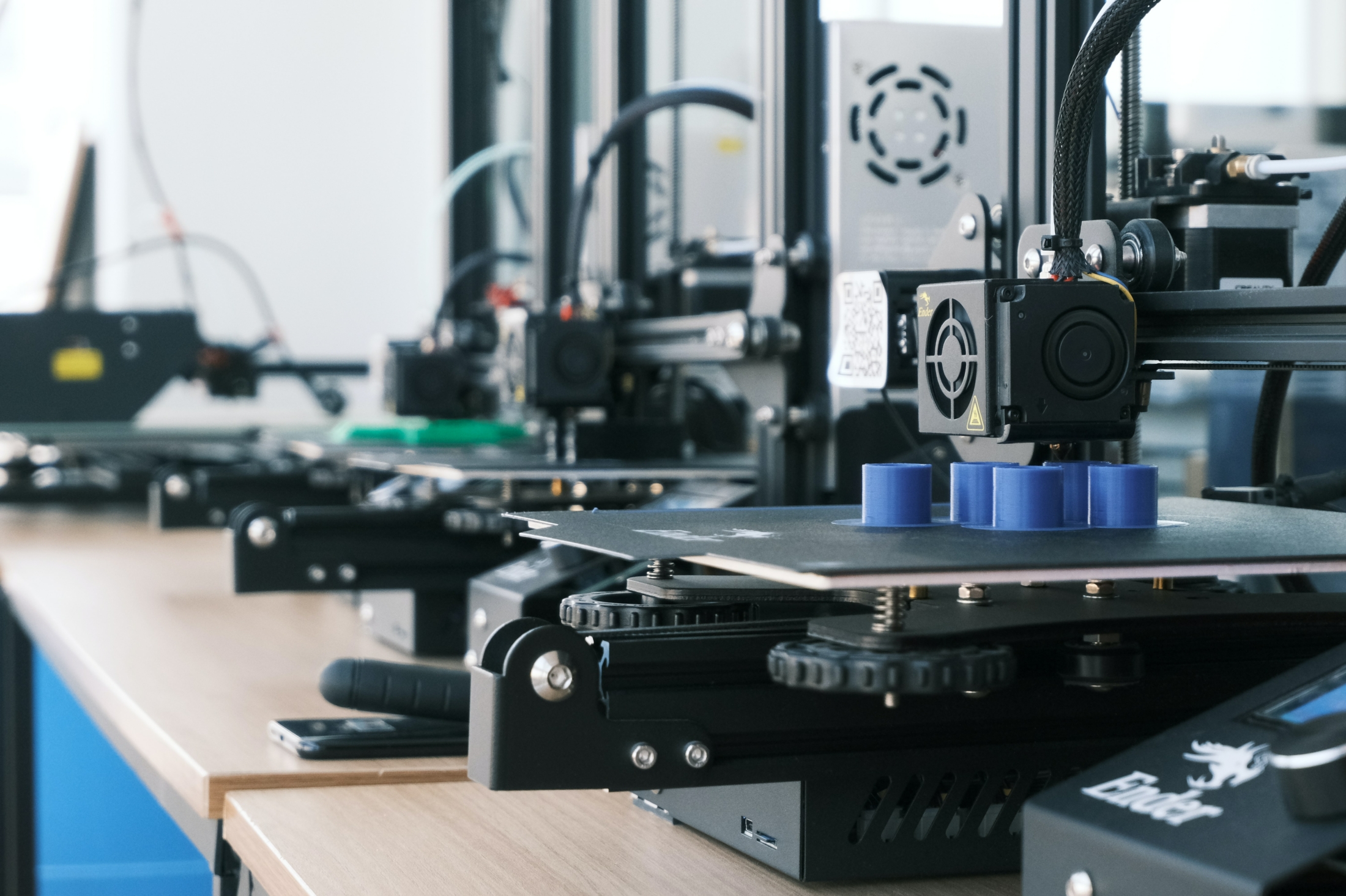As more investors take the Financial Personality Assessment, it’s no secret that many people have strong Viewpoints on where the world is going and which themes will shape our collective future. When looking to the future of energy, understanding the impact of industrial metals is key. We sat down with abrdn, creators of the abrdn Bloomberg Industrial Metals Strategy K-1 Free ETF (BCIM), to understand why they chose a focus on industrial metals for a thematic ETF. The Fund seeks to provide investment results that closely correspond, before fees and expenses, to the performance of the Bloomberg Industrial Metals Total Return SubindexSM which consists of four commodities futures contracts with respect to aluminum, copper, nickel and zinc.
What is a Futures Contract?
A Futures Contract is a legal agreement to buy or sell a particular commodity, asset, or security at a predetermined price at a specified time in the future.
TIFIN Personality: While most people have heard of these industrial metals, what makes them interesting right now?
abrdn: The world is at the early stages of a huge energy transition away from fossil fuels into more sustainable sources. Almost every renewable energy system uses large amounts of industrial metals, including electric vehicles, wind turbines, solar panels, grid level batteries and carbon capture systems. That huge, long-term structural demand should drive significant new demand for industrial metals.
The European Union (EU), U.S. and China have all committed to this energy transition. These nations combined represent about $51 trillion of global GDP – this doesn’t even account for the remainder of the 191 countries that have committed to the Paris agreement. This incredible transformation should increase industrial metal demand for years to come.
[sc name=”cta-individuals”][/sc]
TIFIN Personality: So should investors see this as a long-term environmental view or what else should they consider when evaluating this type of a strategy?
abrdn: Beyond the future impact from the shift to sustainable energy, an investment in industrial metals can be seen as a hedge against inflation and other market risks. Many commodities often show relative price stability during extreme market events. They generally enjoy low correlation to other asset classes. Commodity ETFs, in particular, have unique benefits, including unique structuring options that aren’t available elsewhere. They may also help investors mitigate broad-market-level risk, since these ETFs endeavor to track underlying commodities, giving them little to no correlation to equity market performance.
TIFIN Personality: I don’t think many people know a lot about industrial metals. What are some key things they should know?
abrdn: Electrification is a cornerstone of the energy transition. Since copper is so commonly used in electrical work, it follows that demand for copper is very likely to increase in the coming years. One of the most prominent examples of electrification is within the automobile industry. Electric vehicles (EVs) have become significantly more popular within the last decade and we expect that more and more they will replace fossil fuel-hungry internal combustion engine (ICE) vehicles. The average EV holds about 200 pounds of copper – three-five times as much copper content as an ICE vehicle. As EVs replace ICE vehicles, we’ll only become more dependent on copper. And not only do EVs themselves require more copper, but their chargers, both in homes and in public, will require copper, too.
Solar panels and wind turbines, two popular alternatives to fossil fuel-driven energy, also require a significant amount of copper.
Like copper, aluminum plays a key role in automobile energy efficiency. Since aluminum is a lighter-weight alternative to steel, many automakers have started using this metal more to help increase vehicle fuel economy. We only expect this trend to continue. Aluminum is even more crucial for EV production as it offsets chassis weight from relatively heavy batteries and improves range. There are several battery technologies in testing, one of which is an aluminum-air battery.
Also worth noting is that coated aluminum roofs reflect up to 95% of sunlight, making it useful for more efficient and less carbon-intensive to cool homes and buildings.
Zinc is used in energy storage systems for its qualities of recyclability, safety, low cost and zero emissions. These include uses in several battery chemistries used in electronics, industrial, marine, aeronautic and remote power supply applications.
Zinc-reliant galvanized steel is used in the construction of wind turbines and solar panels, two hallmarks of the clean energy transition. It can also be put to use in fuel cells, cars, fences, guard rails, tubing and light poles. Zinc contributes to sustainability as 30% of the metal is from recycled or secondary zinc, and zinc extends the lifecycle of steel to as much as 170 years with hot dipped galvanizing.
Nickel is a component of stainless steel and is useful in power-generation, and pollution control as well as chemical and pharmaceutical production. These industries will all gain traction and experience change during the energy transition. Nickel is also used in batteries used for grid-level storage. Currently, 23.2 gigawatts of grid-level battery storage exists in the U.S., compared to 1,100 gigawatts of generating capacity. It is clear that many more batteries are needed to support wind and solar generators with knock-on effects for nickel demand.
TIFIN Personality: Beyond the many uses and potential benefits of these industrial metals, what are some risks that investors should be aware of?
abrdn: The primary threat to our positive outlook is some type of unforeseen event that could halt or delay the global shift toward renewable energy.
There are also potential supply chain issues. Copper supply has been stagnant for several years, as low prices have curtailed investment. During low-price periods, miners shift production to the “sweet spots” of higher-quality copper in mines. This leaves lower-quality reserves for periods when the price is higher. What’s more is that mine production is almost impossible to increase quickly. Sizable new mines are hard to find, no matter how much demand increases.
China, the world’s largest aluminum supplier, is capping production to meet its goal to be carbon neutral by 2050, since the production process is so energy-intensive.
Regardless, much of the technology and infrastructure that the transition to a more sustainable world requires depends upon industrial metals. As more and more nations get serious about their commitments to lower carbon emissions and cleaner energy, we believe that the need for these metals will only grow.
Ready to help clients align their beliefs with their investments? Book a Demo today.



